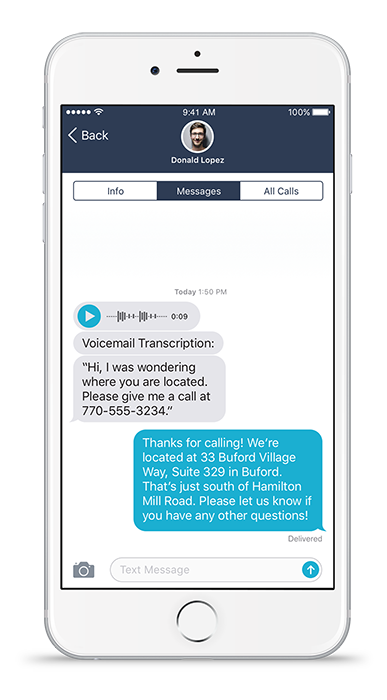Saint Paul, Minnesota - Facts & Figures
Founded near historic Native American settlements as a trading and transportation center, the city rose to prominence when it was named the capital of the Minnesota Territory in 1849. The Dakota name for Saint Paul is "Imnizaska." Though Minneapolis (Bdeota) is better-known nationally, Saint Paul contains the state government and other important institutions. Regionally, the city is known for the Xcel Energy Center, home of the Minnesota Wild, and for the Science Museum of Minnesota. As a business hub of the Upper Midwest, it is the headquarters of companies such as Ecolab. Saint Paul, along with its Twin City, Minneapolis, is known for its high literacy rate. It was the only city in the United States with a population of 250,000 or more to see an increase in circulation of Sunday newspapers in 2007.
The settlement originally began at present-day Lambert's Landing, but was known as Pig's Eye after Pierre "Pig's Eye" Parrant established a popular tavern there. When Lucien Galtier, the first Catholic pastor of the region, established the Log Chapel of Saint Paul (shortly thereafter to become the first location of the Cathedral of Saint Paul), he made it known that the settlement was now to be called by that name, as "Saint Paul as applied to a town or city was well appropriated, this monosyllable is short, sounds good, it is understood by all Christian denominations."
Helpful links & resources:
- Population: 302,398
- Industries: Manufacturing, Wholesale & Retail Trade, Government
- Area Codes: 651
- ZIP Codes: 55101-55175
- Surrounding Cities: West Saint Paul, MN , South Saint Paul, MN , Mendota Heights, MN , Maplewood, MN , Roseville, MN








